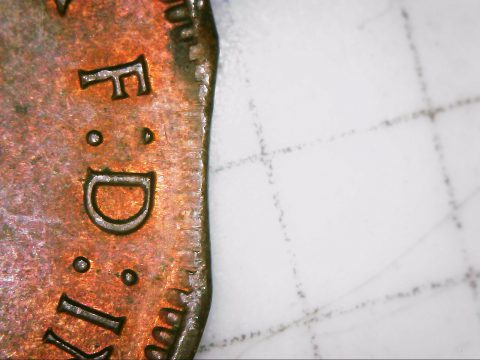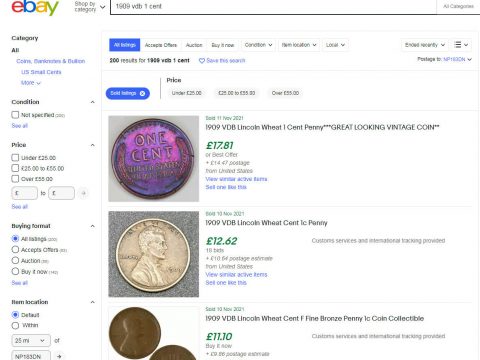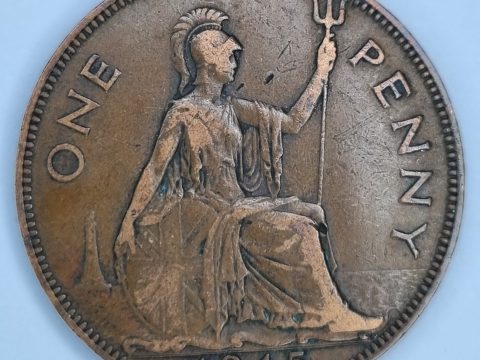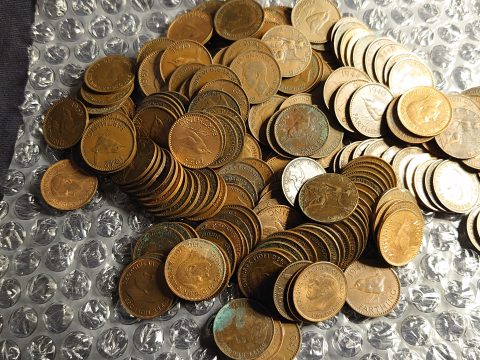Back in the day, the value of a coin would be the same value as the material it was made of. This led to clipping and shaving where slivers of the metal would be removed and melted down for profit, the coin would continue in circulation but its metallic value could be less than its face value.
As the value of the metal increased beyond the value of the coin, it became necessary to debase the coinage. This started in 1860 with the debasing of copper coins into bronze coins. This was accompanied by the redesign of the ‘coppers’.
Moving on to talking about silver cons, before 1920 these were made from .925 Sterling silver. This was changed in 1920 to be .500 silver, thus breaking a 1,200-year-old rule that stated that British Coinage should consist of pure silver [1]. In 1914 Silver was worth 28d per ounce and this had risen to 80d per ounce in 1920 [1]. Parliament voted on and agreed in February 1920 that the coinage would indeed be debased.
In 1947 the coinage was again debased when all silver was removed from the “silver” coinage with these coins being minted in Cupro-Nickel from then on.
A common question I see on various Facebook groups is “how much is this worth” and for UK Pre-Decimal coins it is easy to answer the question when it is put against a “Silver” coin, the answer being a minimum of its “weight x the price for the appropriate silver content”.
References:
- [1] Leicester Daily Post 19 February 1920




